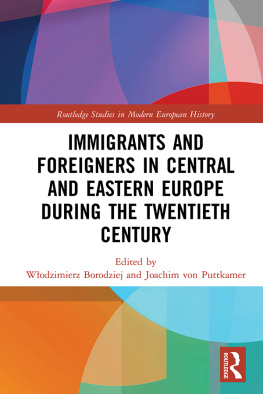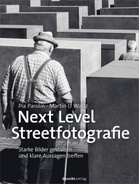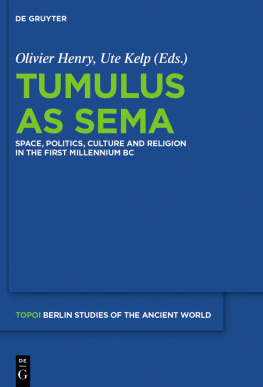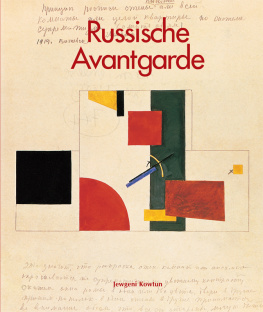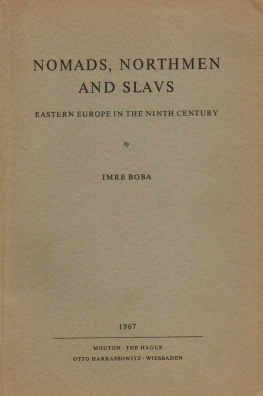The experiences and perceptions of modernity in Eastern and Central Europe are a key focus of research at the Imre Kertsz Kolleg. At our second annual conference in June 2012 we chose to focus on problems of modernity in twentieth-century Eastern and Central Europe. Contributors to the conference examined how spatial and temporal conditions and constraints shaped the regions transformation from a rural to an urban, industrialized society in the course of this century.
I Defining Eastern and Central Europe
How does one define a region with no clear-cut geographical borders? In the case of Eastern and Central Europe, a definition that takes account of both geography and history would seem to be the most plausible. According to Paul Robert Magocsi, this region is an aggregate of three geographical zones. The first part, the northern zone, covers the central part of the European plain. It is the watershed of the rivers that flow into the Baltic Sea (Oder, Vistula, Neman, Daugava) and includes the western half of Ukraine situated between the Carpathians and the Dnieper river. Historically, the sheer size and swampy terrain of the zone presented obstacles to communication, and its openness to the east left it vulnerable to invasion. Although culturally divided between Catholicism and Orthodoxy, the zone has a common cultural legacy in the Polish-Lithuanian Commonwealth. The second zone, which Magocsi calls the Alpine-Carpathian zone, comprises the Pannonian Basin and the Bohemian Massif, as well as Slovenia, northern Croatia and northern Serbia. This zone roughly coincides with the territory of the former Habsburg Empire. Although Magocsi includes Austria in this zone, we decided not to include it in our analysis because its history after 1945 differs radically from that of the rest of region. In some parts of this zone, mountainous terrain and relative remoteness from the coast hindered communication with the outside world. The third zone, the Balkans or Southeastern Europe, is bordered in the south by the Mediterranean and in the north by the Kupa-Sava-Danube line, which roughly marks the limits of the Ottoman Empire in the eighteenth and early nineteenth centuries. To a far greater extent than in the Alpine-Carpathian zone, mountains hindered economic development here, and contrary to what modern maps might suggest, they isolated the zones inhabitants from the outside world. The Balkan zones proximity to Anatolia made it the first target of Ottoman expansion into Europe. However, in some cases the mountains proved to be a defence against invasion. Thus the north-western corner of this zone, which was cut off by mountains, was culturally orientated towards the Catholic Mediterranean (Dalmatia). And owing to its geography, Montenegro was the only Balkan state to maintain its independence from the Ottoman Empire, but it also entered the twentieth century as unique relic of the medieval world. Although Magocsi includes Greece in this zone, we decided to omit it from our considerations due to its early independence from the Ottoman Empire and its specific history after 1945.
The roots of future development in all three zones can be found in their topographies. The physical features of the first two zones were conducive to the development of agriculture, while the very mountainous terrain of the Balkan zone explains why it kept its pastoral character. Geography also had a major impact on population development in the region. In late antiquity, the Balkan zone was more populated than the other two zones due to its proximity to the centres of the Roman and Byzantine Empires. However, as the agriculture of the northern and Alpine-Carpathian zones developed, their populations eventually surpassed that of the Balkans. Yet in the last 150 years, Southeastern Europe has caught up on the other two zones. Compared to the late eighteenth century, when the combined population of the northern and Alpine-Carpathian zones was about three times that of the Balkans, nowadays the ratio is almost 1 : 1. This is due to the delayed onset of demographic transition in Southeastern Europe and the greater potential for population growth in that zone.
In examining efforts to overcome spatial constraints (large distances, mountainous terrain, lack of access to the coast, etc.) in the region, we concentrate on the development of a communications infrastructure. In Eastern and Central Europe this got under way much later than at the core of European modernity, and it presented more challenges due to geological conditions. As Ivan Jakubec notes in his article, the construction of canals and railways was more complicated in the Habsburg Empire than it was in Germany, and it was even more difficult in the Balkans. The inaccessibility of certain parts of Southeastern Europe was unique in Europe and as a result, a transport infrastructure was constructed much later in that zone. For example, Albania was only connected by modern roads to Greece and Serbia during the Austrian occupation from 1914 to 1918, and until 1986 it was the only country in mainland Europe with a railway system that was not linked to neighbouring countries.
The history of Eastern and Central Europe as a region with a common fate begins with the breakdown of great empires (Ottoman, Russian, Habsburg and German) and the subsequent creation of nation states. This process started in the Balkan zone, the zone with the least socio-economic predispositions for it, but local elites quickly filled the vacuum created by the disintegrating Ottoman Empire. The process of nation-state building intensified in 1918; it was later boosted by waves of ethnic cleansing in the period from 1939 to 1946; and it culminated in the splitting of Czechoslovakia and the ethnic cleansing that accompanied the dissolution of Yugoslavia from 1991 to 1999.


